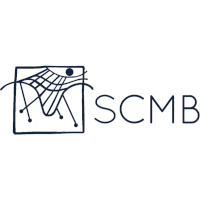Cristina Korb (UF Mathematics)
ZoomWolbachia establishment and invasion in Aedes Aegypti population to suppress Zika transmission Arboviral diseases such as dengue and Zika are diseases that pose a threat to health problems globally. Traditional control methods against mosquito populations that transmit arboviral diseases should be complemented by longer lasting and larger scale methods such as the use of an …









